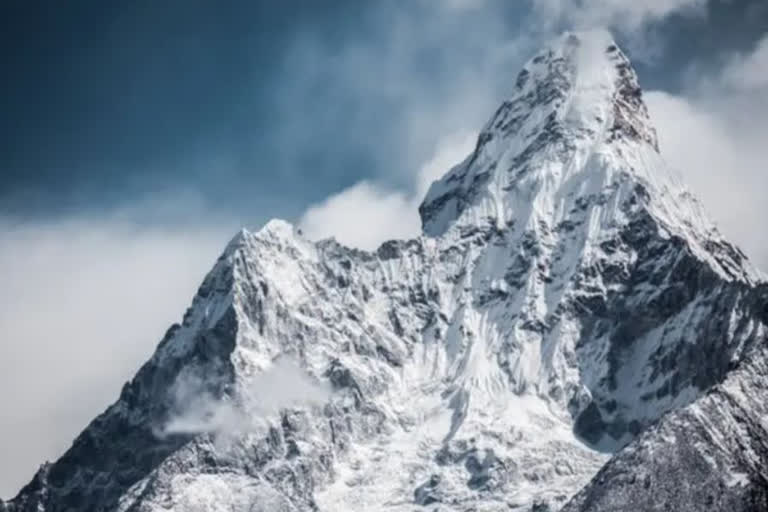NEW DELHI: A sample study of 59 rock samples mined from the Tibetan region just north of the world’s highest peak by the Chinese Academy of Sciences (CAS) has revealed a very rich presence of the much-sought but extremely rare lithium, with 44 samples showing very high content.
Lithium is indispensable in making batteries of electric vehicles (EV) besides its use in the batteries of laptops and cell phones, as well as in the glass and ceramics industry. The value of lithium can be gauged by the fact that the world is on the verge of an EV revolution.
The study also suggested that the Himalayas are expected to be the most important storage site for China’s rare earth mineral resources.
While the breakthrough discovery has sparked major Chinese interest in trying to exploit the resource for the new global energy industry, serious questions arise on the impact of large-scale mining in the ecologically delicate Mount Everest region.
Another recent CAS study has found significant climate changes with the Mount Everest region experiencing significant warming since 1960 of about 0.33 °C/decade, based on the meteorological observations from 1961 to 2018 while the current glacier areas in the region have shrunk significantly to about 3,266 sq km from 1970s to 2010.
At the same time, long-distance transport of air pollutants from South Asia, West Asia, and Central Asia has impacted this region by increasing concentration of pollutants (such as black carbon).
The final finding of the discovery of the lithium deposit—the first detail of which was published in the CAS-supported journal ‘Rock’ in November 2021—was reported very recently by a team of scientists from the Institute of Geology and Geophysics under the Chinese Academy of Sciences.
While any lithium oxide content more than 0.8 per cent is considered to be of industrial value, the lithium content in the said study was found to be much in excess with some samples reaching 3.3 per cent, with the mean lithium oxide content at 1.30 per cent, besides the presence of other rare earths like beryllium and tantalum.
The CAS finding was further corroborated in tests conducted by the Australasia Mineral Laboratory and Wuhan Upper spectra Analysis Technology Limited and repeated at the Geological Earth Institute Laboratory of the Central Academy.
According to the Chinese Journal of Science, lithium oxide resources could be about 10,12,500 tons on a “conservative estimate”.
Also known as ‘white oil’, the rare earth was discovered in high altitude areas ranging from 5,390 metres to 5,581 metres in more than 40 lithium quartz crystal belts ranging from 10 metres to nearly 100 metres in width, about a km in length, and forming four rock pulsations and four mineral belts.
China is dependent on imports for about 75 per cent of its lithium requirement.
Many recent reports allude that China covets its rare earth resources more to achieve its aim of geopolitical dominance and as leverage for use against the West rather than the commercial value. Incidentally, China also produces nearly two-thirds of the world’s lithium-ion batteries.
The richest reserves of the world’s lithium reserves are concentrated in South America—in Chile, Bolivia and Argentina—followed by Australia. But it is China that controls most of the world’s lithium-processing facilities.


